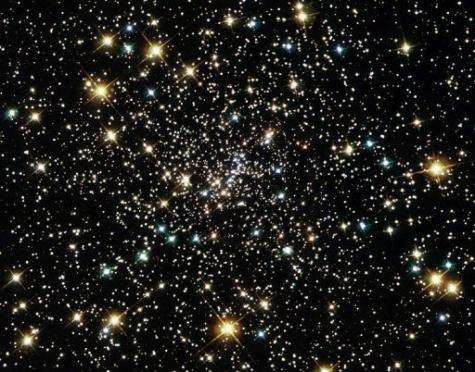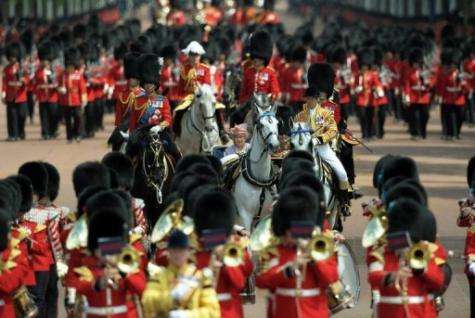'Royal star' was a supernova, say astronomers

One of the abiding legends of Britain's royal family is that a noon-day star appeared at the birth in 1630 of King Charles II, who was to restore the English monarchy after the execution of his father.
"The Most Glorious Star... shining most brightly in a Miraculous manner in the Face of the Sun," was how an English writer, Edward Matthew, described the supposed event in a 1661 pamphlet.
"Never any Starre [had] appeared before at the birth of any (the Highest humane Hero) except our Saviour."
Accounts of the "royal star" have often been written off by historians as propaganda, coloured with Christ-like ornamentation, to cement Charles II's claim to the throne after his father had been overthrown.
But new evidence, to be put to a meeting of Britain's Royal Astronomical Society (RAS) on Monday, suggests that a new star did in fact attend the royal birth.
The star could have been a supernova called Cassiopeia A, say Martin Lunn, former curator of astronomy at the Yorkshire Museum in northern England, and Lila Rakoczy, a US-based independent scholar.
Cassiopeia A was a massive star that eventually collapsed in upon itself and blew apart. Its dramatic flare of light took 11,000 years to cross the cosmos, finally reaching Earth in the 17th century, they say.
Today, the former star is familiar to every radio-astronomer as a seething X-ray ember that is no longer visible to the naked eye.
Numerous but sketchy sources point to a celestial sighting in the 17th century, according to the researchers. These observations, though, stretch over 30 years and cluster in the latter part of the century.
Lunn and Rakoczy take a new look at the evidence and calculate that the supernova could indeed have been seen on May 29, 1630, the day when the future Charles II was born.
"The number and variety of sources that refer to the new star strongly suggest that an astronomical event really did take place," Lunn said.

"Our work raises questions about the current method for dating supernovae, but leads to the exciting possibility of solving a decades-old astronomical puzzle."
The idea is being presented at an RAS conference in Llandudno, Wales, gathering around 500 astronomers and space scientists, the Society said in a press release.
The 1642-1651 English civil war focussed on a revolt by parliament against the monarch's claim to have a divine right to rule.
The parliamentary forces, known as Roundheads, executed King Charles I in 1649 and routed the army of his son in 1651.
Charles II returned from exile in 1660 and became dubbed "the Merry Monarch" for his pleasure-loving ways after the era of puritanism.
But he accepted that the monarch reigns with the consent of parliament, the principle that underpins British democracy today.
In 2006, a team of astronomers estimated that a "guest star" noted by Chinese chroniclers in 185 AD was a supernova whose remnants, RCW 86, still glow today in non-visible parts of the energy spectrum.
A supernova spotted in 1572 by the Danish astronomer Tycho Brahe lingered for 18 months.
Its appearance was traumatic for many astronomers at the time, for it destroyed the notion, set in stone by Aristotle, that the Universe was fixed and unchanged. It reputedly was the inspiration for the terrifying celestial portent in Shakespeare's "Hamlet".
(c) 2011 AFP


















